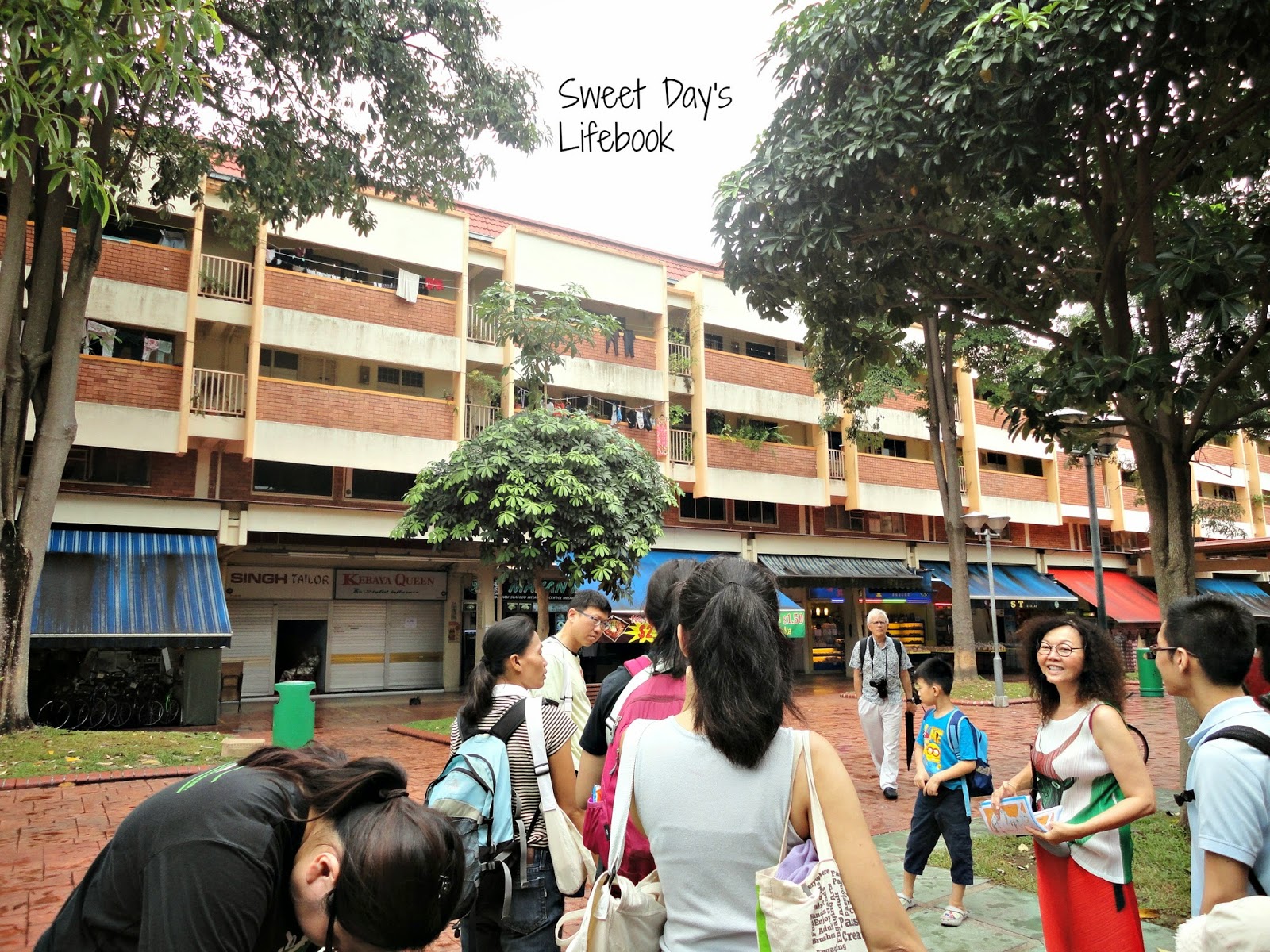Recently, I have been to the Singapore City Gallery. Can you guess the book I am going to blog about this month? |
| A model in Singapore City Gallery |
Last month, I borrowed the Chinese version from the library, she started to ask me to read both versions for bed time.These are quite lengthy book for a pre-schooler. So, I chose to do one chapter each night with her.
"Nini in Changi Village" is a story about the main character, Nini, growing up in 1960s in Changi Village. It is written in colourful comic style that is pretty easy to read and understand. Little One particularly love Nini rubbing her eyes with Mopiko and her first Spa. She would laugh and run to me to show me the illustrations.
Through the book, we learnt how Changi got it's name, we learnt about the life in the past. Children created their own toys most of the time and and play is among nature most of the time. I particularly love the chapter on Nini's bus journey to the town.
I introduced Little One to "Gao Luck" (roasted chestnuts) which she grow to love eating.
Below are some toys which Nini used to play.
Kuti-Kuti
Kuti Kuti is played the same way as we did using erasers. 2 competitors would put their kuti kuti opposite each other and tries push and flip their own kuti to land on top of the other. If they are sucessful, they get to own the kuti kuti.
 |
| Kuti-Kuti |
Little One learnt to play hopscotch.This photo is taken at the National Museum's exhibition : Singapura: 700 years.
Changi Village trip
Last year July, we went to Changi Village for the first time after signing up for the Literacy Trail :A Visit to Changi Village with Nini. The tour guide was Fanny Lai herself! She brought us around Changi Village and telling us history and stories about the place. We were introduced to the Changi Beach and its tragic past which I find bone-chilling.
 |
| Paku Bridge plays an important part in Nini's life. |
 |
| We were lucky to see someone catching crabs that day! |
 |
| Various sights in Changi |
 |
| This area used to be where Fanny Lai (in red pants) used to live. The shophouses were already torn down but she recognised the place by the 2 rows of Angsana trees that were planted along the road. |
 |
| Fanny was showing us pictures of the past when she was telling us about the story of this place. |
The 2 versions
Comparing the 2 versions, the Chinese version would be difficult to read. There is lots more idioms which I had difficulty explaining to Little One what each of them meant. There is also slight differences in context between the 2 languages but not to worry, the gist of the story is exactly the same.


No comments:
Post a Comment